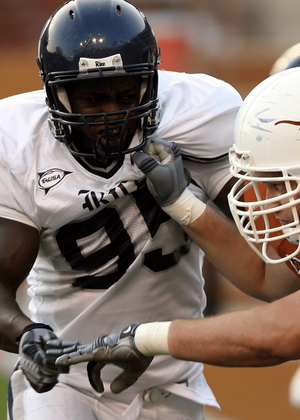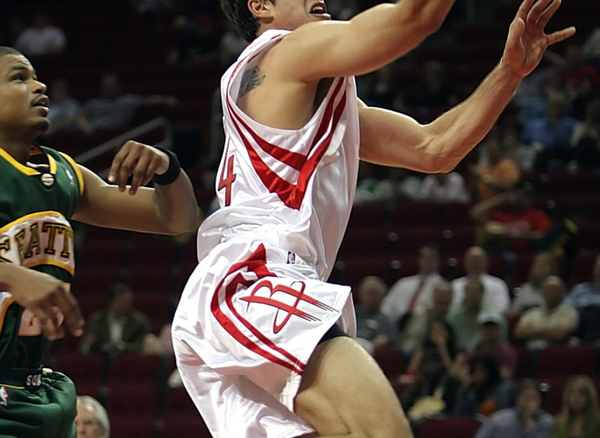Wheelchair basketball traces its roots back to the aftermath of World War II. It was initially developed as a form of rehabilitation for veterans with spinal cord injuries. The first official wheelchair basketball games were organized in 1946 at the Birmingham VA Hospital, marking the birth of a new sport that combined elements of basketball and wheelchair netball.
The sport was conceived by veterans who, refusing to let their injuries define their capabilities, sought an outlet for their competitive spirit. The Birmingham VA Hospital games quickly sparked interest, leading to the formation of the first teams, such as the Corona Naval Station's "Flying Wheels" and the "Montreal Wheelchair Wonders." These early teams laid the groundwork for the structured competition that would soon follow.
Pioneering the National and International Leagues
The growth of wheelchair basketball was rapid, leading to the formation of the National Wheelchair Basketball Association (NWBA) in 1949. This organization was crucial in standardizing rules and organizing national wheelchair basketball tournaments, which helped in promoting the sport across the United States. By the mid-1950s, the sport had garnered enough teams and support to launch the first National Wheelchair Basketball Tournament, an event that continues to be a highlight in the sport's calendar.
Internationally, the sport took a significant leap forward with the inclusion of wheelchair basketball in the International Stoke Mandeville Games in 1955. This inclusion was pivotal as it introduced the sport to a global audience, setting the stage for the formation of the International Wheelchair Basketball Federation (IWBF) in 1989. The IWBF has since been instrumental in organizing the first world championship and overseeing the sport's inclusion in the Paralympic Games.
Integration into the Paralympic Games
Wheelchair basketball was one of the eight sports featured at the first Paralympic Games in Rome in 1960. This marked a new era for the sport, elevating it from a rehabilitative activity to an international competitive event. The Paralympics provided a platform for athletes from various nations to showcase their skills, breaking down stereotypes about disabilities and demonstrating the high level of athleticism involved in wheelchair sports.
The classification system was introduced to ensure fair play, categorizing players based on their physical abilities. This system has evolved over the years, refining how athletes are assessed to maintain the competitive integrity of the sport.
Expansion and Diversification
As the sport gained popularity, the diversity of its athletes also increased. The introduction of the women's division in the National Wheelchair Basketball League highlighted the sport's inclusivity, encouraging female athletes to participate at competitive levels. This move not only broadened the sport's appeal but also emphasized its role in promoting gender equality within athletic competitions.
The expansion wasn't just limited to adding new divisions. Internationally, the sport saw the formation of new teams and leagues, spreading across continents from North America to Europe and Asia. This international movement was bolstered by the efforts of the International Paralympic Committee and national organizations like the Paralyzed Veterans of America, which played crucial roles in promoting wheelchair basketball and other wheelchair events globally.
Technological Advancements and Future Prospects
The evolution of wheelchair basketball has also been marked by significant advancements in wheelchair technology. Modern wheelchairs are more agile and tailored specifically for the sport, enhancing the safety and performance of the athletes. These technological improvements continue to push the boundaries of what is possible in wheelchair basketball, promising an exciting future for this dynamic sport.
As wheelchair basketball continues to grow, it consistently promotes values of resilience, self-determination, and inclusivity. The history of wheelchair basketball is not just about the creation of a new sport but about the creation of opportunities and a supportive community for people with disabilities around the world.
Wheelchair Basketball FAQs
Please browse through the frequently asked questions for more info.
When was wheelchair basketball invented?
Wheelchair basketball was invented in 1946 at the Birmingham VA Hospital.
Who governs international wheelchair basketball?
The International Wheelchair Basketball Federation (IWBF) governs the sport internationally.
When did wheelchair basketball become a Paralympic sport?
Wheelchair basketball became a Paralympic sport in 1960, during the first Paralympic Games in Rome.
Is wheelchair basketball a real sport?
Yes, wheelchair basketball is a highly competitive sport that requires agility, strength, and skill. It has been recognized as a Paralympic sport since 1960 and has its own international governing body, the International Wheelchair Basketball Federation (IWBF).
What year did wheelchair basketball start?
Wheelchair basketball officially began in 1946 at the Birmingham VA Hospital, but it wasn't until 1989 that the International Wheelchair Basketball Federation (IWBF) was formed to govern the sport internationally.
Is the hoop lower in wheelchair basketball?
No, the hoop height remains the same as in traditional basketball at 10 feet.
Where can I watch wheelchair basketball?
Wheelchair basketball is regularly televised during major events such as the Paralympic Games or World Championships.
Do you have to be disabled to play wheelchair basketball?
Yes, wheelchair basketball is a sport specifically designed for athletes with physical disabilities. However, within the sport, there are different classifications based on the level of impairment to ensure fair competition.
Do they dribble in wheelchair basketball?
Yes, players in wheelchair basketball are allowed to dribble the ball, using their hands to propel and control it while moving on the court. However, there are certain rules and restrictions on how long a player can hold onto the ball or how many times they can touch it before passing or shooting.
Summary
Wheelchair basketball began in 1946 at the Birmingham VA Hospital, created by World War II veterans as a form of rehabilitation. It has since evolved into a globally recognized sport governed by the International Wheelchair Basketball Federation and featured in the Paralympic Games. The sport's growth reflects advancements in both social attitudes towards disability and technological developments in sports wheelchairs, making it a beacon of progress and inclusivity.









